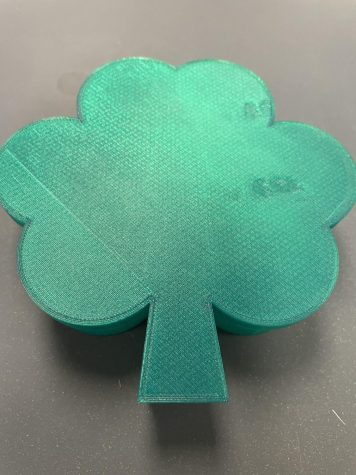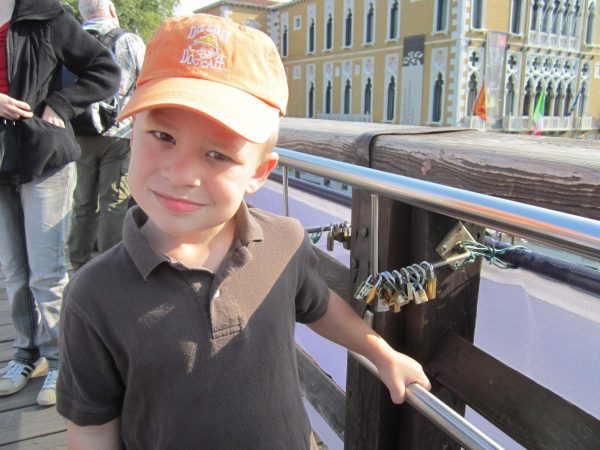The History of St. Patrick’s Day
Every year on the 17th of March we celebrate St. Patrick’s Day.
St. Patrick’s Day is a holiday loved by many. Green beer, leprechauns, pots of gold, and four leaf clovers are some of the biggest St. Patrick Day symbols. Before the celebrations, traditions, parades, and green food coloring came the history of March 17th global celebration. Let’s take a look at the meaning and the origins of this holiday.

March 17th is a religious and cultural holiday of the Irish and those of Irish heritage. Saint Patrick of Ireland was the foremost patron saint of Ireland. His life spanned nearly three quarters of a century, from c-385- c-461, and the date of March 17th marks the date of his death, as well as the arrival of Christianity in Ireland. In countries around the world, the day in general celebrates the heritage and cultures of the Irish people. Here in the United States, the first St. Patrick’s Day parade was held in Boston, Massachusetts in 1737, as an Irish culture celebration in the colonies. The parade became so popular, it spread to Dublin and many other cities across America, Europe, and even in parts of Asia. In Ireland, March 17th is observed as a mainly religious holiday. The morning is spent in Church. Later in the day, a feast of cabbage, bacon, and potatoes are served with drinking, music, and dancing going on throughout the rest of the day and the evening.

We know many things about St. Patrick’s Day celebrations, but do we know much about the Saint himself? Patrick is the patron saint of Ireland and in the late 4th century, Patrick was born in Roman Britain. He was said to be kidnapped at the age of 16, and relocated to Ireland as a slave. He remained there in Ireland for a time, but he escaped. Patrick returned around 432 C.E. to convert the Irish people to Christianity. By the time of his passing on March 17, 461, he had thrown down roots for monasteries, churches, and even schools for Irish children.

St. Patrick, it seems was not actually Patrick’s real name, and he was not born into religion. His real name was actually Maewyn Succat, and was Roman-British. His father was a military man, and his mother was Christian. Emily Willitts, Lafayette senior, had no idea that his name wasn’t actually St. Patrick. “I had no idea, that is very interesting,” she said. After he was kidnapped and forced to be a shepherd, he suffered severe sadness and loneliness. It was during that time in captivity that St. Patrick found solace in God and religion. After Maewyn became a priest, he took the name Patrick which came from the Latin word “Patricuis”, which means “father”.

St. Patrick was a man of many legends. There are a number of these stories that are regarded as historical although they really can’t be verified. One story was that he drove all of the snakes from Ireland. It was said he stood on a hilltop dressed in formal green robes and used his staff to command the slithering beasts into the sea. There has not been a snake (not wild at least) in Ireland since 461 A.D. This snake herding legend is a fun one, but, perhaps the best known legend of St. Patrick revolves around the shamrock, a small green plant that has become one of the most famous and recognizable symbols of Irish heritage. Always clever, St. Patrick knew the number three had a special significance in Celtic tradition; he used the shamrock, a three-leaved clover (which grows all over Ireland) to explain the Christian concept of the Holy Trinity. The Holy Trinity is the idea that God the father, God the Son, and God the Holy Spirit, are each separate elements of just one being. This explanation resonated with the Irish people, and probably helped to convert many to Christianity.
Several other legends are attributed to St. Patrick as well. St. Patrick’s breast plate is the story of how the saint used a special power to change himself and a companion into wild deer, so they could sneak past the Celts to preach the gospel. Mattie Smith, Lafayette student, knew no stories about St. Patrick. “I know nothing about St. Patrick,” said Mattie. He was attributed with the Celtic cross, he drew a Christian (or Latin) cross through a pagan standing stone he was preaching close to, he adapted “heathen” practices in order to ease the transition from pagan to Christian. St. Patrick was truly a force and his very own day is warranted. Within 200 years of Patrick’s arrival to Ireland, the once pagan island was completely Christianized.




